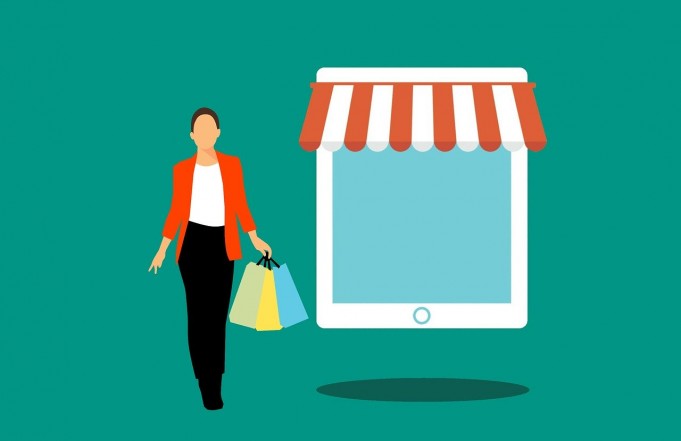Know about Retail Personalization Trends:
The main overarching trend you need to know is that personalization has moved beyond a buzzword to an enterprise-wide priority. You must believe that it’s more of a strategy, and the continually improving scores tell us that more retailers agree. An increased prioritization of personalization was the most encouraging trend from this year’s index.
Personalization and the Customer Experience are Inextricably Linked
To begin, you need to know that personalized marketing greatly improves the customer experience. Moreover, better customer experience creates stronger customer loyalty and higher customer lifetime value. Therefore, personalization isn’t just surfacing relevant product recommendations and contextual content. It’s about how a brand engages with customers and ensures that those communications are welcome rather than intrusive.
Digital and In-Store Experiences Should Be Linked — But Often Not
On surveying more than 1,500 consumers, people were asked about their most recent purchases and recommended retailers. A strong correlation between customer satisfaction and multichannel shopping experiences exists. Moreover, retail personalization trends are connecting digital and in-store channels. Less than 20% evaluated the customer’s use of digital data to personalize their in-store experiences. The percentage is much higher, not counting, the “store mode” options on apps from Sephora, The Home Depot, and Best Buy, among others.
Brands Need a Policy around Data
Brands ask for a lot of data, which is okay, as long as it benefits the customer. However, too often, it doesn’t. If you tell a retailer that you’re male, you don’t want to see lots of promotions for women’s clothes. Respecting privacy is tied to customer satisfaction, but misuse of data is more than an irritation. It makes the customer think that the retailer has no idea what they’re doing with personal data. Today’s savvy shoppers know how retailers use their data; brands should only collect what they need.
Personalization Should Mean Different Things to Different Retailers
Retailers are different, as are their customers. That sounds obvious, but the implications are not. One big implication is that every brand should have its personalization strategy and its unique knowledge of those customers. For example, there are retail personalization trends from Nike. One of its most passionate customer groups is ‘sneakerheads’ who eagerly collect limited or exclusive shoes. Nike has built an app, SNKRS just for them, complete with information about new sneaker launches.
Onboarding Still Stinks
On-boarding provides an important opportunity for a brand to explain its value to a customer. It can be used to encourage customers to download an app, visit a web site, or sign up for retail personalization trends. Yet most brands don’t seem to realize this, and only a small percentage of retailers, over 18%, include personalized content. For example, DSW provides retail personalization to its brand and walks them through the mobile app.
Mobile Lags
Mobile strategies and implementations are lagging when it comes to personalized marketing. There are plenty of brands without mobile apps, and a few brands had so many ads and interstitials. It would be better off abandoning the whole enterprise as they engage the consumer with non-product information. Mobile was indicative of a brand’s overall retail personalization trends, and Nordstrom is a great example.









